Acorn Woodpecker (Melanerpes formicivorus) Male photos by Larry Jordan
Yup, I’ve never really been into listing birds. Certainly I keep track of the birds I see on bird walks and outings and report sightings on eBird, but I never kept a yard list , county list, state list, or even a life list. To tell you the truth, I don’t know how many birds I’ve seen during my birding lifetime!
Some of the good folks over at 10000 Birds however keep lists, and being the West Coast Beat Writer for them, I thought it would be interesting to keep a year list to see just how many birds I see in a year (click on photos for full sized images).
I finally got a shot of an Acorn Woodpecker (Melanerpes formicivorus) that’s been hanging out (literally) from a cavity entrance in a snag on my property for quite awhile. I’m hoping he and his mate will be raising a family in the snag this Spring so that I can document it and of course watch the chicks!
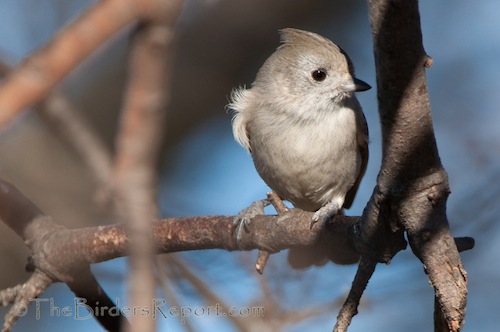 Oak Titmouse (Baeolophus inornatus)
Oak Titmouse (Baeolophus inornatus)
So, I began a year list on January 1st and will be updating it as I go along. I set it up as a blog page that you can see here. I’m listing the birds I see in the order I see them. This way, I will know when each species makes it to my neck of the woods as it were.
Each species that I have written a post about is linked to that post, usually with plenty of photos and sometimes with videos.
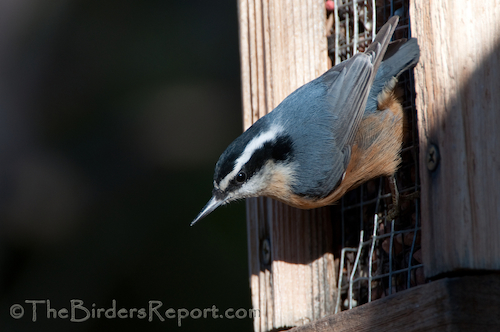 Red-breasted Nuthatch (Sitta anadensis)
Red-breasted Nuthatch (Sitta anadensis)
I will also put a link in the right sidebar with a current count of my year list.
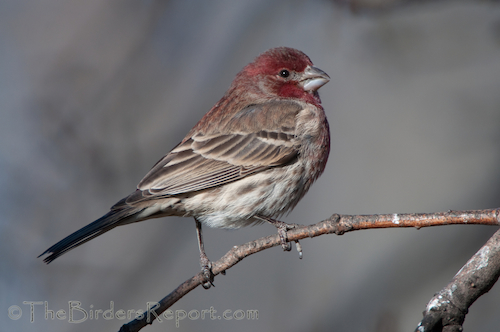 House Finch (Carpodacus mexicanus) Male
House Finch (Carpodacus mexicanus) Male
These are all photos I took the other day in my yard.
Lesser Goldfinch (Spinus psaltria) Female
I hope you are having a birdy New Year!
Dark-eyed Junco (Junco hyemalis) Male Oregon
To see more great bird photos, head on over to Anni’s The Bird D’pot and Stewart’s Wild Bird Wednesday and post some of your own bird photos!
I have also placed a Google Plus Followers Widget ![]() in the right sidebar. If you use Google Plus, please add me to your circles. If you are not using it, you might want to get the free copy of “What the Plus,” a manual on how to use it. I downloaded it but haven’t had time to read it yet. It is a 177 page, comprehensive guide on how to use this new social network.
in the right sidebar. If you use Google Plus, please add me to your circles. If you are not using it, you might want to get the free copy of “What the Plus,” a manual on how to use it. I downloaded it but haven’t had time to read it yet. It is a 177 page, comprehensive guide on how to use this new social network.

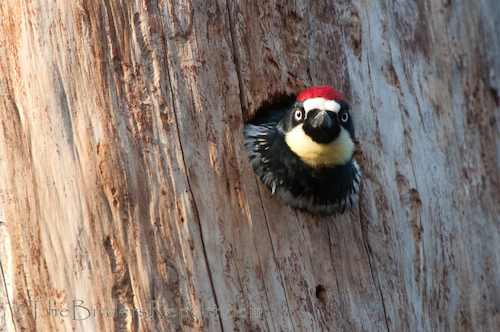
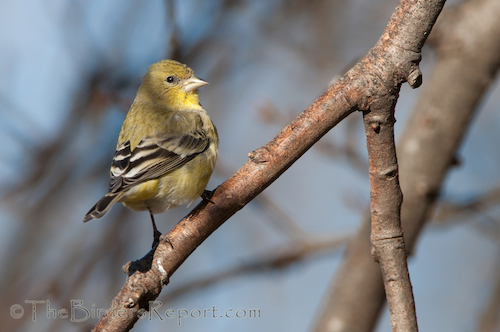
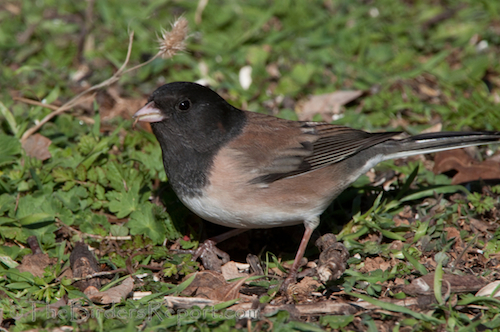
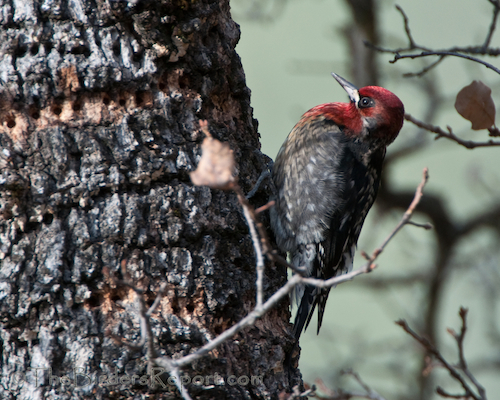
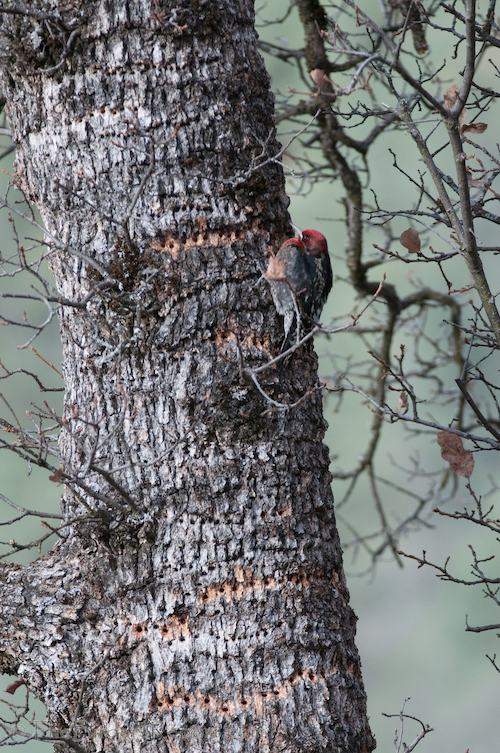
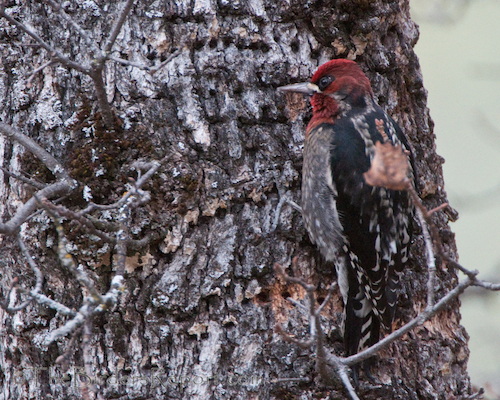
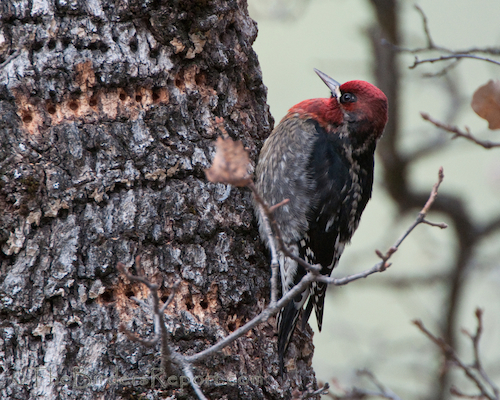
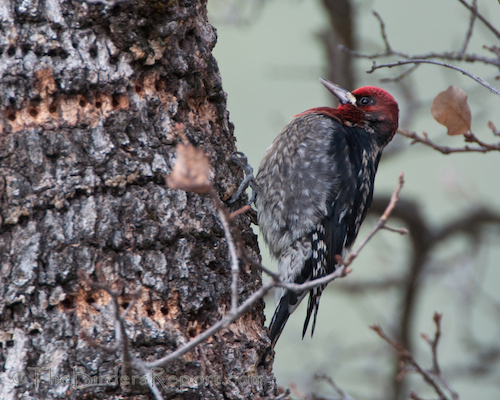
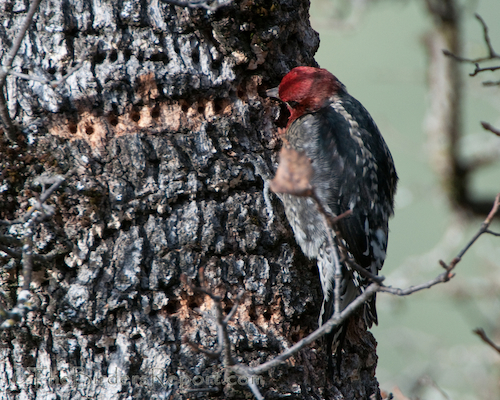
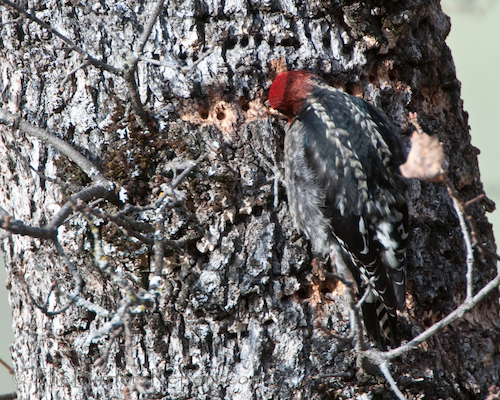
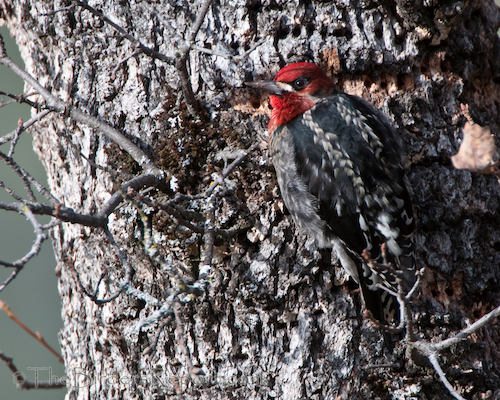
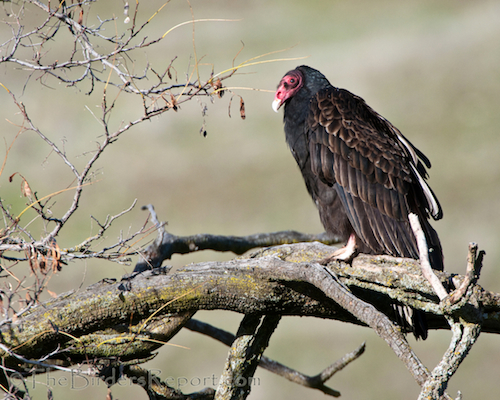
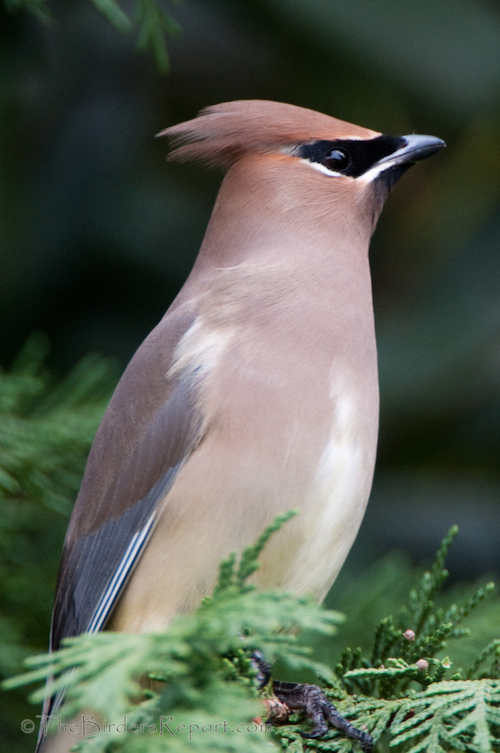
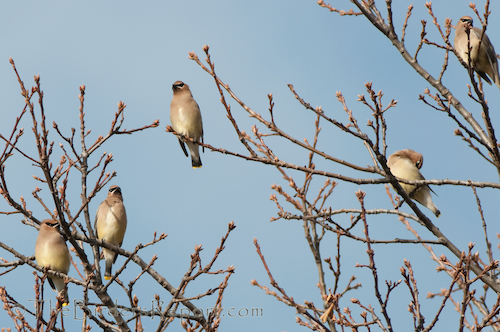
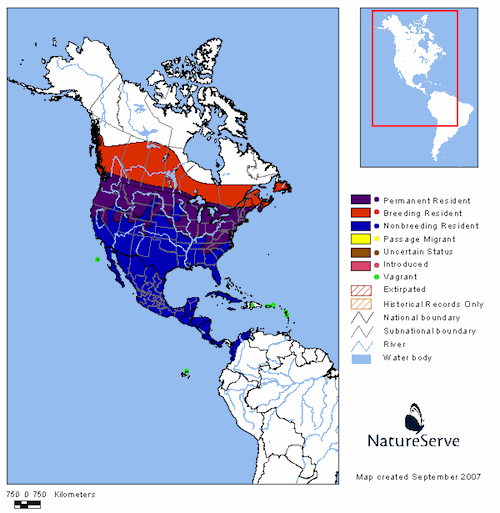
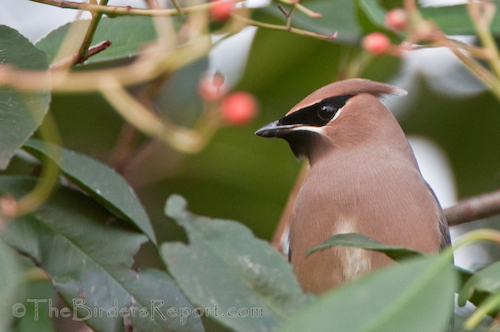
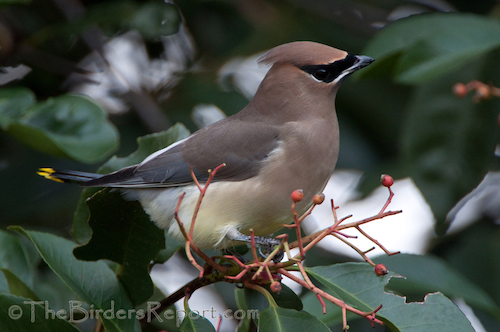
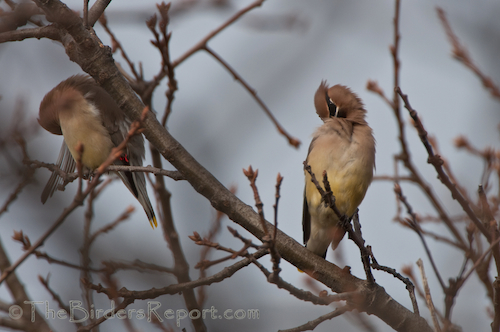
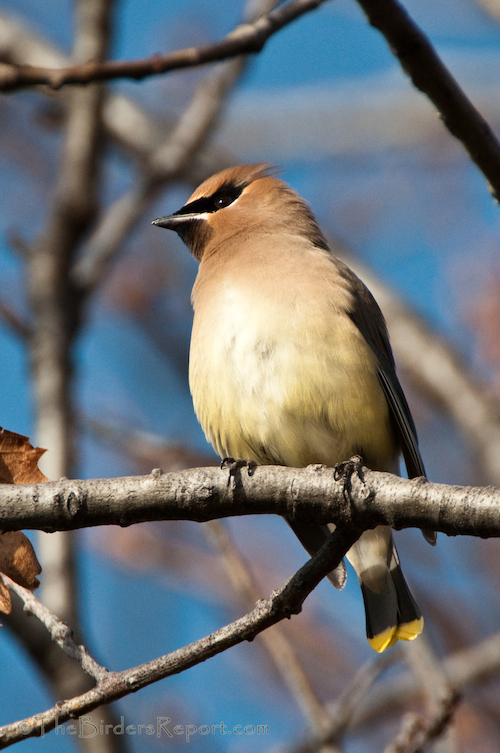
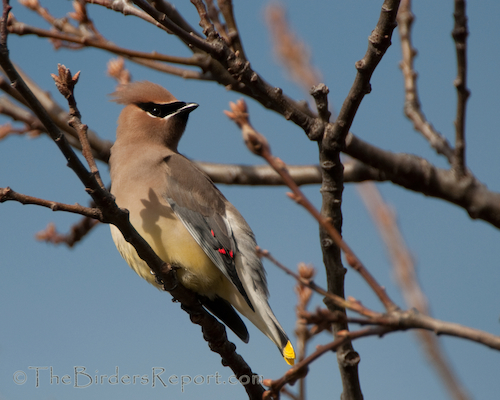
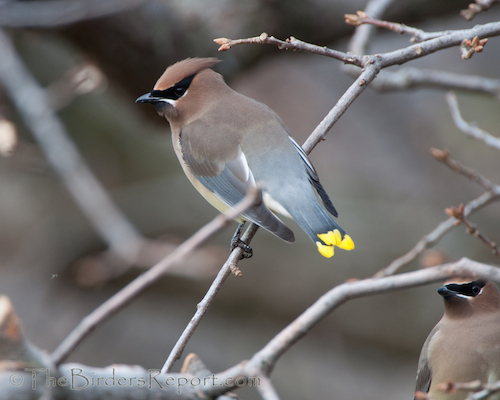
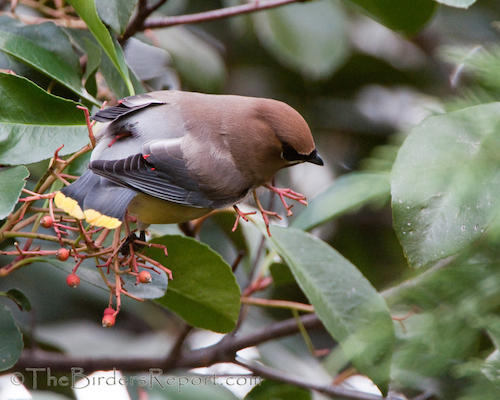
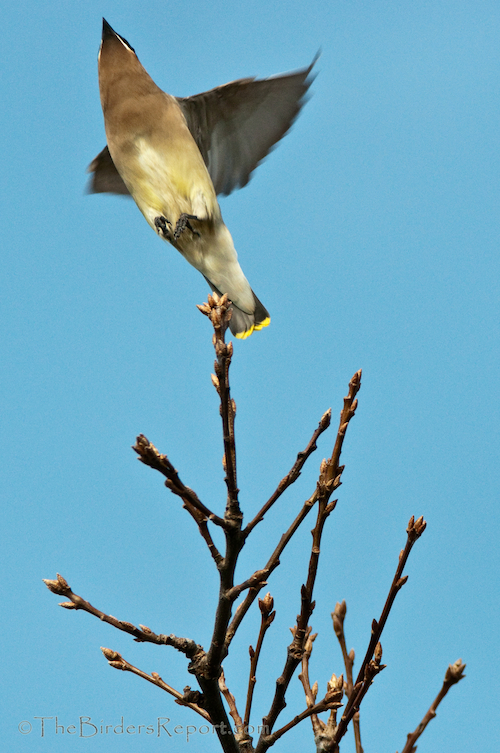
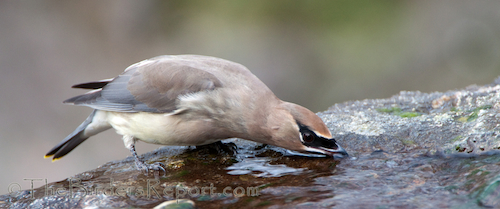
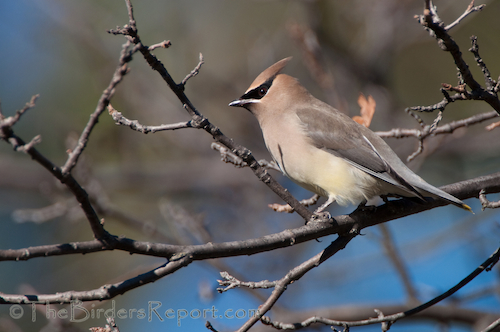
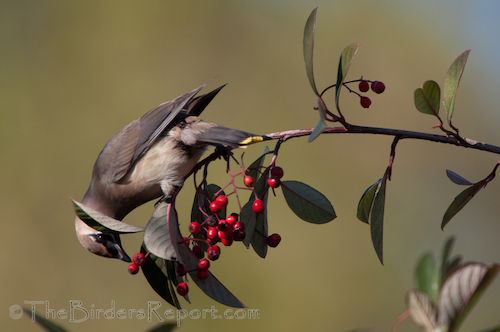
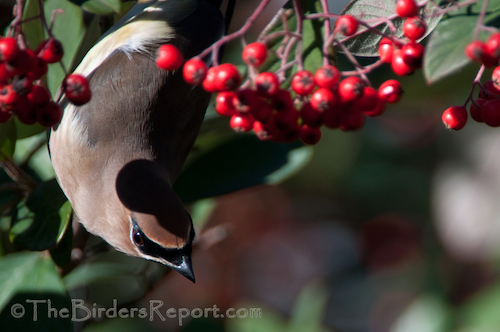
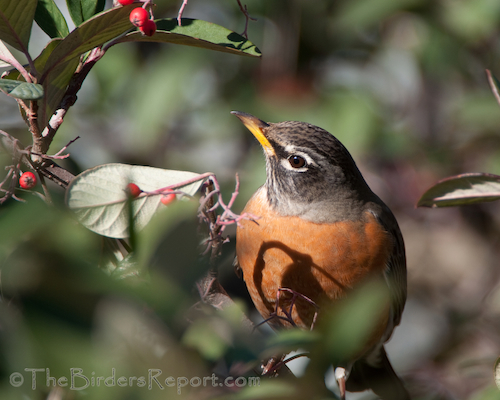



Social Media Connect